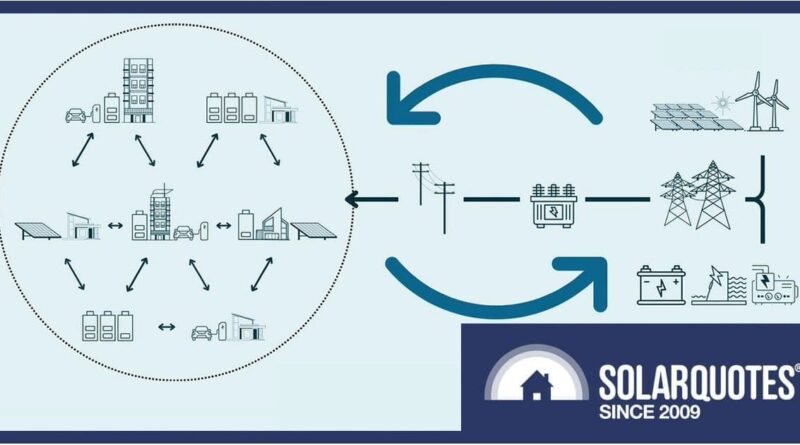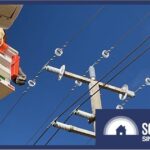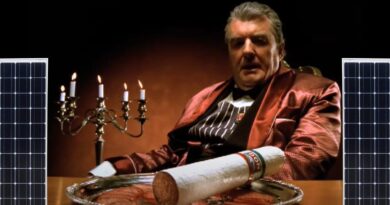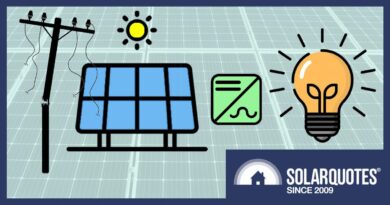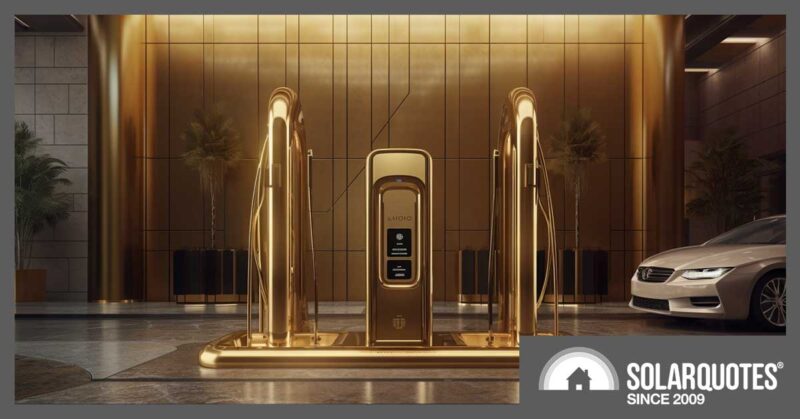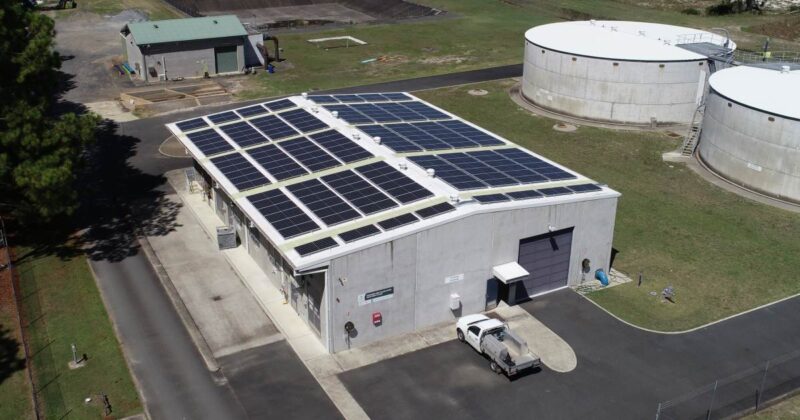Australia’s Consumer Energy Resources Roadmap Unveiled
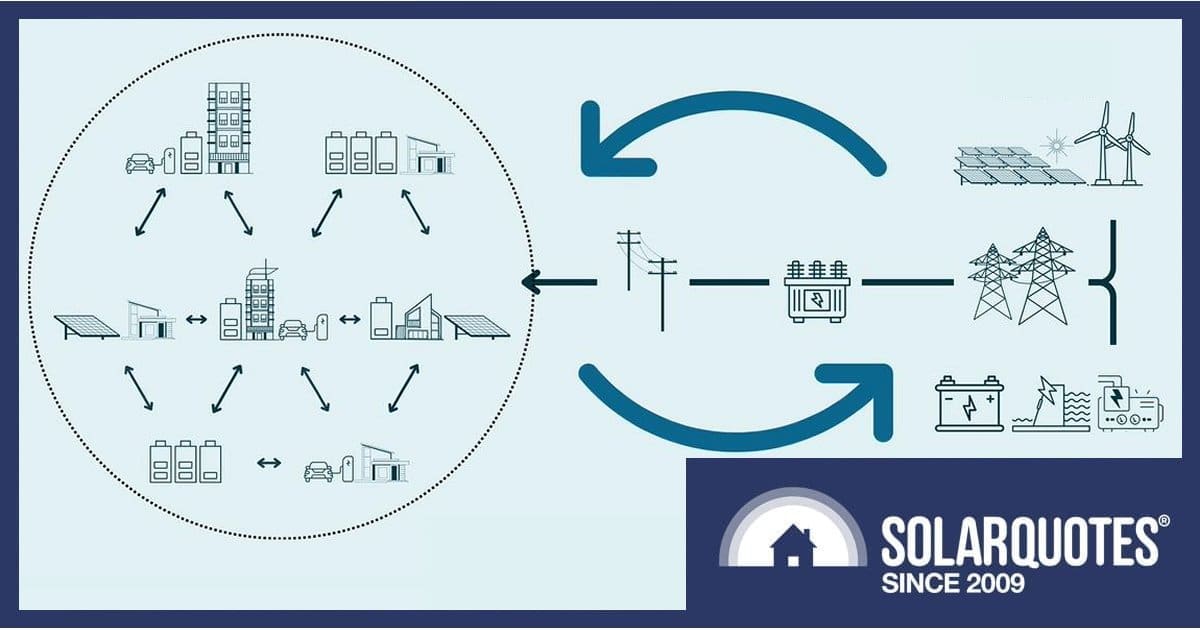
A meeting of federal and state energy ministers in Melbourne last week resulted in release of the National Consumer Energy Resources Roadmap. So, what’s it about?
Consumer Energy Resources (CER) incorporate devices that generate or store electricity; such as solar panels and home batteries. CER also includes flexible loads that can alter demand in response to external signals – among these resources are water heaters and air conditioners. CER differs from Distributed Energy Resources (DER) in that the latter also includes larger devices not directly owned by consumers; such as community batteries.
In November 2023, energy ministers agreed to the development of a plan to create a nationally consistent approach to CER. Released on Friday, the National Consumer Energy Resources Roadmap contains reforms aiming to:
- Ensure benefits are delivered to all Australians, whether or not they can invest in CER.
- See economic opportunities for consumers maximised.
- Maintain a reliable and secure energy system throughout Australia’s energy transformation.
- Create a sustainable, future-ready and world-leading energy system in Australia.
Savings With Optimised CER – For All
The benefits of CER integration done right include lower electricity costs – and not just for those fortunate enough to have solar energy tech installed at their homes and businesses. Well-coordinated CER can lower network costs, which make up a significant chunk of electricity bills (around 30% to 45%), and reduce other grid- scale investment. Effective CER integration can also enhance coordinated flexibility via Virtual Power Plants (VPPs) and demand shifting initiatives.
The savings associated with optimised CER are huge – claimed to be more than $19 billion by 2040. This total is made up of $11 billion in avoided network costs and $8 billion in reduced generation and storage costs.
There are dozens of action items noted on the Roadmap’s high-level timeline, which is split up into four workstreams: Consumers, Technology, Markets and Power System Operation.
“So things like making sure that consumers can export as much of their solar as they want to or they can,” said Federal Minister for Climate Change and Energy, Chris Bowen. “Things like making sure that people with an electric vehicle can use it to charge their home or the grid.”
Regarding electric vehicles, removal of barriers to enable Vehicle-To-Grid (V2G) will occur in 2025 under the roadmap, while identifying options for harmonised CER connection processes – including for EV chargers – is happening this year.
The end goal is to make CER an integral part of Australia’s electricity systems by 2030, and there’s a lot that needs to happen between now and then for that to be achieved. There will be an in-depth review of the Roadmap in 2027 to determine how things are tracking.
The full National Consumer Energy Resources Roadmap – Powering Decarbonised Homes and Communities document can be accessed here.
And Another Hard No For Nuclear
At a press conference following Friday’s meeting, Minister Bowen was asked if the energy ministers of states where the Coalition has proposed nuclear power plants envision a scenario where they would potentially support nuclear energy.
Reece Whitby (WA – Labor), Mick De Brenni (QLD – Labor), Lily D’Ambrosio (VIC – Labor) and Penny Sharpe (NSW – Labor) gave one-word answers:
“No.”
South Australian energy minister Tom Koutsantonis wasn’t at the press conference, but has previously stated he is opposed to nuclear energy based on its cost.
“It’s not going to work,” said Minister Bowen. “And if you want to be at war with the states, then you’re not going to get things done.”
And speaking of wars – just before Anthony Albanese was sworn in as Australia’s 31st Prime Minister, he expressed a desire to end the “climate wars” slowing Australia’s energy transition. That hope turned out to be wishful thinking.
Original Source: https://www.solarquotes.com.au/blog/australia-cer-roadmap-mb2968/

